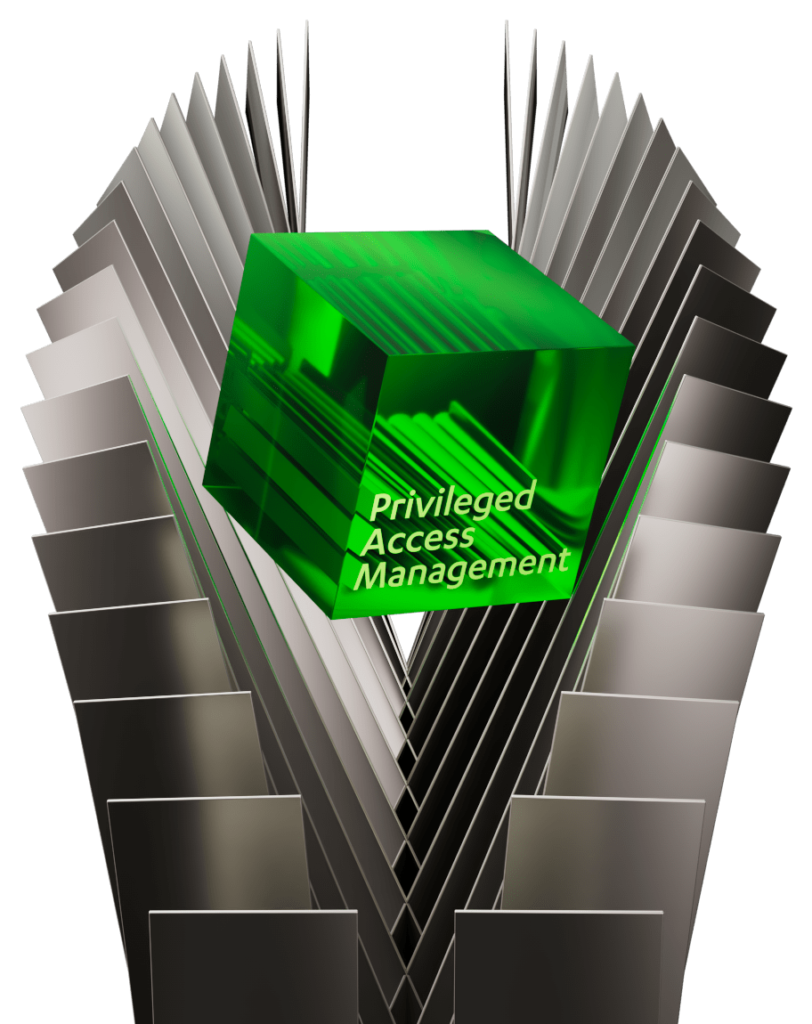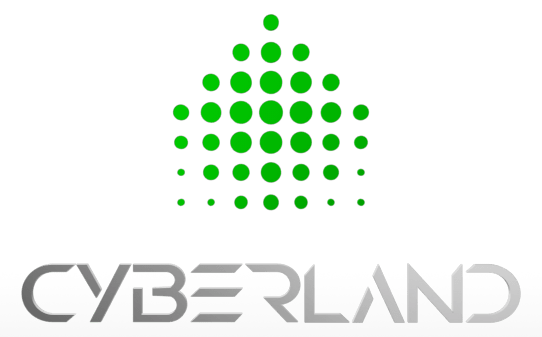Privileged Access Management

The Benefits of
Privileged Access Management
PAM solutions provide multiple benefits, such as enhanced security, improved compliance, increased productivity, centralized management, and comprehensive audit trails through session recording. They help organizations manage privileged access, reduce risks, automate tasks, streamline processes, and increase accountability.
Enhanced Security
PAM solutions enable organizations to secure privileged access to critical systems and data, reducing the risk of data breaches, insider threats, and cyber attacks.
Increased Productivity
PAM solutions automate tasks such as password management and access requests, freeing up IT teams to focus on other strategic initiatives.
Centralized Management
PAM solutions provide a centralized platform to manage and control access to privileged accounts, reducing the risk of credential theft and enabling IT teams to quickly respond to security incidents. This can also simplify the management of user accounts and permissions across different systems and applications, improving overall efficiency and reducing the risk of human error.
Comprehensive Audit
Session recording in PAM solutions provides a detailed audit trail of all privileged access activity, including keystrokes, commands, and files accessed. This can be invaluable in forensic investigations, compliance audits, and troubleshooting, enabling IT teams to quickly identify the root cause of security incidents and remediate any issues. Additionally, the ability to monitor and review privileged access activity can deter insider threats and increase accountability among privileged users.
Why we should use Privileged Access Management?
Lack of Visibility
Without PAM solutions, IT teams may lack visibility into privileged access activity, making it difficult to detect suspicious behavior and respond to security incidents in a timely manner.
Credential Theft
Privileged account credentials may be compromised through phishing attacks or other social engineering tactics, enabling attackers to gain unauthorized access to critical systems and data.
Increased Attack Surface
The use of shared, generic, or default privileged accounts can increase the attack surface and make it easier for attackers to gain access to sensitive data and systems.
Limited Control
Without centralized control and management, organizations may lack the ability to enforce security policies, manage access permissions, and monitor user activity across different systems and applications.
Questions? Look here.
PAM solutions manage and secure privileged access to critical systems and data by implementing a range of security controls and policies, such as:
- Authentication and Authorization: PAM solutions ensure that users accessing privileged accounts are properly authenticated and authorized based on their role, responsibility, and the principle of least privilege.
- Access Management: PAM solutions provide centralized management of privileged access to critical systems and data, ensuring that only authorized users can access sensitive resources, and that access is granted on a need-to-know basis.
- Password Management: PAM solutions automate password management tasks, such as password rotation, complexity requirements, and secure storage, reducing the risk of password-related security incidents.
- Monitoring and Auditing: PAM solutions record and analyze all privileged access activity, providing a detailed audit trail of who accessed what, when, and for what purpose. This helps organizations detect and respond to suspicious behavior and security incidents related to privileged access.
- Workflow Automation: PAM solutions automate common privileged access management tasks, such as approval workflows, access requests, and provisioning, reducing the risk of human error and streamlining IT operations.
PAM solutions are particularly important for organizations that deal with sensitive or confidential data and applications, such as financial institutions, healthcare providers, government agencies, and enterprises with large IT infrastructures. These organizations are often targeted by cybercriminals, and a single security breach can have severe consequences. However, PAM solutions can benefit any organization that has privileged accounts, including small and medium-sized businesses.
Best practices for implementing and deploying PAM solutions include conducting a comprehensive assessment of privileged accounts and access, defining clear policies and procedures for privileged access management, selecting a PAM solution that meets the organization’s needs and requirements, integrating the solution with existing IT infrastructure and security tools, training IT staff on PAM solution usage, and regularly reviewing and updating access policies and controls.
PAM solutions help organizations detect and respond to security incidents related to privileged access by providing real-time alerts and notifications for suspicious activity, automating incident response workflows, providing detailed audit trails and forensic data for incident investigation and reporting, and enabling granular access controls and permissions to minimize the impact of security incidents. PAM solutions can also help organizations prevent security incidents by enforcing strict access policies, automatically rotating and managing privileged account passwords, and monitoring and auditing all privileged access activity.

